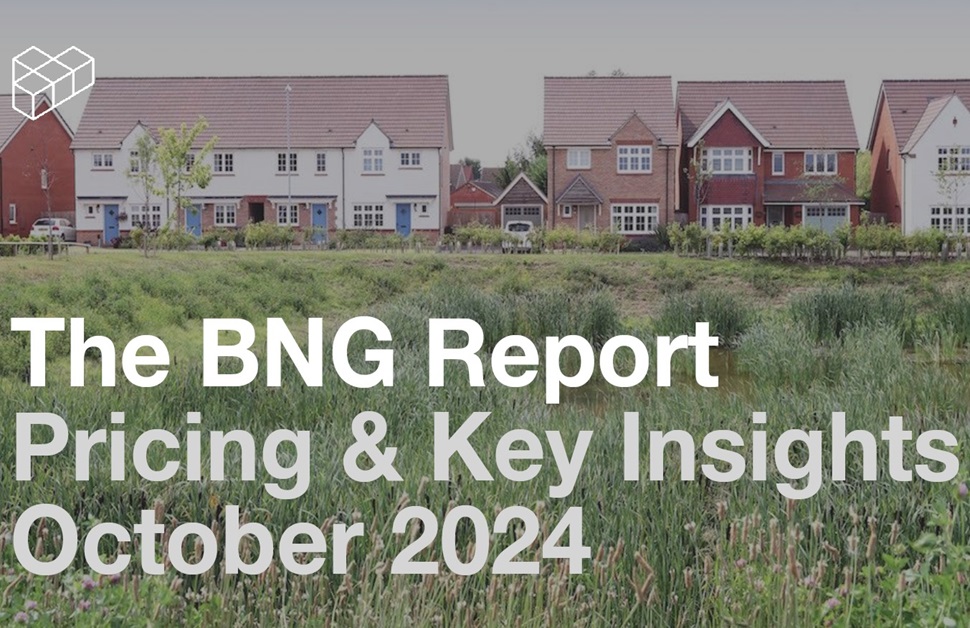
Addland’s Experts guide you through buying a woodland in 2023
Whether you’re a long-time city-dweller looking for a tranquil, weekend oasis, or a conservationist trying to take ownership of the ecological sites in your area, buying woodland can be an opportunity to share in some of the myriad benefits that come with owning your own plot amongst the trees, as well as a great financial investment.
However, with so much information out there, buying woodland can, at times, literally feel like being lost in a forest. Our guide will walk you through some of the many upsides to buying woodland, as well as offering some tips on how to navigate the process.
Why should I buy woodland?
Lifestyle benefits:
Buying a plot of woodland is a great way to own and spend time in some of the greenest and most pleasant of the country’s land. With hectic and increasingly digital lives, it can sometimes feel like the UK’s bucolic forests are a world away from the glass and concrete cityscapes we spend most of our working days in. With a plot of woodland, you can spend up to 28 days a year camping or in a caravan, opening up endless possibilities of weekend trips with friends, family, or simply on your own reconnecting with nature.
Indeed, the health benefits of spending time in nature are increasingly evident. An influential study by the University of Exeter, cited by Yale, showed that people who spent part of their week in green spaces were substantially more likely to report good health and psychological wellbeing than those who didn’t. This is only the latest in a rapidly-expanding body of research that shows nature has a “robust, positive effect on people’s health- physically, mentally, and emotionally”.[1]
Commercial opportunities:
Commercial woodland, one of the two major woodland categories (the other being amenity woodland, used for non-commercial purposes: leisure, conservation, and the like), is a versatile space. Generally the site of timber production, commercial woodland is increasingly also used for businesses like paintballing or outdoor pursuits.
Government recommendations have been moving towards increased use of wood in the construction of new and refurbished homes since at least 2009, both for its carbon storage ability and to reduce fossil fuel consumption. This, as well as recommendations about increasing use of biomass for heating, means a potential uptick in the demand for sustainably-produced wood in the coming years.[2] To misquote Mark Twain: buy (wood)land, they are growing more!
Financial investment:
As well as being a space to start a business from, woodland can be an astute investment. For one thing, the value of woodland has increased by ~8% year on year, for the past 20 years. In comparison, between 2020 and 2021, house prices increased by 10.2%.[3]
Due to numerous incentivising policies, woodland has, in recent times, become one of the most tax efficient ways of investing in land.
- Income from timber sales is tax free;
- increases in the value of timber as it grows are free from capital gains tax (though the value of the land itself isn’t);
- woodland is 100% exempt from inheritance tax (both the value of the trees and the land), if you’ve owned it for more than 2 years.[4]
Not only can a plot of woodland provide a green space to enjoy with your children, it can also be a generational investment for them to benefit from and pass on to theirs.
It does the Earth good:
“Forests are a multiple-purpose resource that make up almost a third of the Earth’s land surface… they play a critical role in the global carbon cycle”. These words, from the government’s Forest Research department show just how much woodland can do for the environment. Woodland:
- can soak up carbon emissions (5.4 tonnes of CO2 per hectare);
- can be a sustainable source of wood fuel, a carbon-efficient alternative to fossil fuels;
- is an important buttress against flooding and erosion;
- allows for more biodiversity in the area (particularly if the woodland is managed correctly);
- can be an important habitat for birdlife.
As a general rule of thumb, the larger and older a forest is, the more good it does for flora and fauna. This doesn’t mean you should only look to buy huge plots of ancient woodland: any area of woodland, new or young, big or small, can be good for the Earth.
How much does it cost to buy woodland?
On average, woodland for sale in the UK cost £10,000 per acre and can be sold at a fixed price or with offers invited. As with any land, though, the price will depend on numerous things: composition, current state of the plot, existence of buildings, to name a few. The two key, price-dictating factors are accessibility and location:
A ‘too good to be true’ price on a plot of commercial woodland could indicate a lack of access, making it difficult to get works traffic onto the site, or for customers to find it. For amenity woodland, prices are location-sensitive: the most desirable plots are secluded but not too far from towns or transport links.
The laws of supply and demand mean woodland in the South East of England is currently more expensive than that in the North and Scotland, though there are generally many more large plots in the North (Scotland alone provided 69% of traded commercial forests by value between 2019 and 2020).[5]
As well as the price of the land itself, there are certain costs that come with buying a piece of woodland. These are:
- solicitors’ fees (~0.5% of the land value)
- the cost of any additional searches (generally between £50 and £150)
- Recording land registry title deeds (£40 for woodland under £80,000)
- Stamp duty (on woodlands costing over £150,000)
One thing to note are common, but not compulsory, annual costs that come with owning woodland. Forestry management services are often used, but not needed if you can maintain the land yourself, and public liability insurance is a good idea in case anyone is injured in your woods (even if they’re not supposed to be there).
How to buy woodland
Given that only about 13% of the UK is woodland, the trickiest part can be finding the right site in the first place. Once you’ve found your dream plot, be it commercial or amenity, the conveyancing process can begin.
Conveyancing for woodland is much like that for a normal property or other types of land. You’ll write in to confirm you want to purchase the plot, your solicitor will search locally and deal with pre-contract enquiries, then send a deed to the seller’s solicitor. Contracts are signed and exchanged, you’ll pay a 10% deposit. Later, full payment is made and the sale completed.
In England and Wales this process will take four weeks, and four to six in Scotland. In Scotland, contracts are legally binding after the initial offer has been accepted; in England and Wales this happens when the contracts are exchanged.
Most commonly, woodland purchases are done in cash. It is possible to get a mortgage to buy woodland, but because of the niche nature of woodland, it’s not offered by many lenders.
Addland makes it easy to find, research, buy or sell land. Start your land journey today.
Key points:
Two kinds of woodland: commercial and amenity.
- Woodland offers commercial opportunities, and will do so increasingly because of government recommendations.
- UK average cost for an acre of woodland is £10,000.
- Income from timber sales is tax free.
- Increases in the value of timber growing on your land are exempt from capital gains tax.
- Woodland is exempt from inheritance tax.
- Woodland costing more than £150,000 incurs stamp duty.
FAQs
Can I live on my woodland?
A: While living in your own secluded woodland might be a dream, it’s a very unlikely one to come true. Woodland in the UK is highly protected, and planning permission applications to build residential dwellings on it are almost always rejected.
Who can access my woodland?
A: If you’re in England and Wales, then as soon as you complete the purchase your woodland becomes your own private land. However, any existing public footpaths must be kept open and maintained, and if your woodland is designated as common land then the public usually has right to roam without sticking to paths. In Scotland, right to roam extends to include most woodlands and forests, even if privately owned.
Do I need permission to cut down trees?
A; Owners of woodland are allowed to cut down up to five cubic metres of timber per quarter without requiring a licence. However, anything beyond that will require a felling licence from the Forestry Commission in England and Scotland or National Resources Wales. You should also consider other restrictions, like Tree Preservation and Conservation Areas Orders.
[1] https://e360.yale.edu/features/ecopsychology-how-immersion-in-nature-benefits-your-health
[2] https://www.forestresearch.gov.uk/documents/2062/SynthesisUKAssessmentfinal.pdf
[3] https://www.gov.uk/government/statistics/uk-house-price-index-summary-march-2021/uk-house-price-index-summary-march-2021
[4] https://investmentproperty.co.uk/property-investment-resources/forestry-investment-investing-in-commercial-woodlands/
[5] https://www.fwi.co.uk/business/markets-and-trends/land-markets/record-forestry-prices-and-steady-mixed-woodland-trade-in-2020




